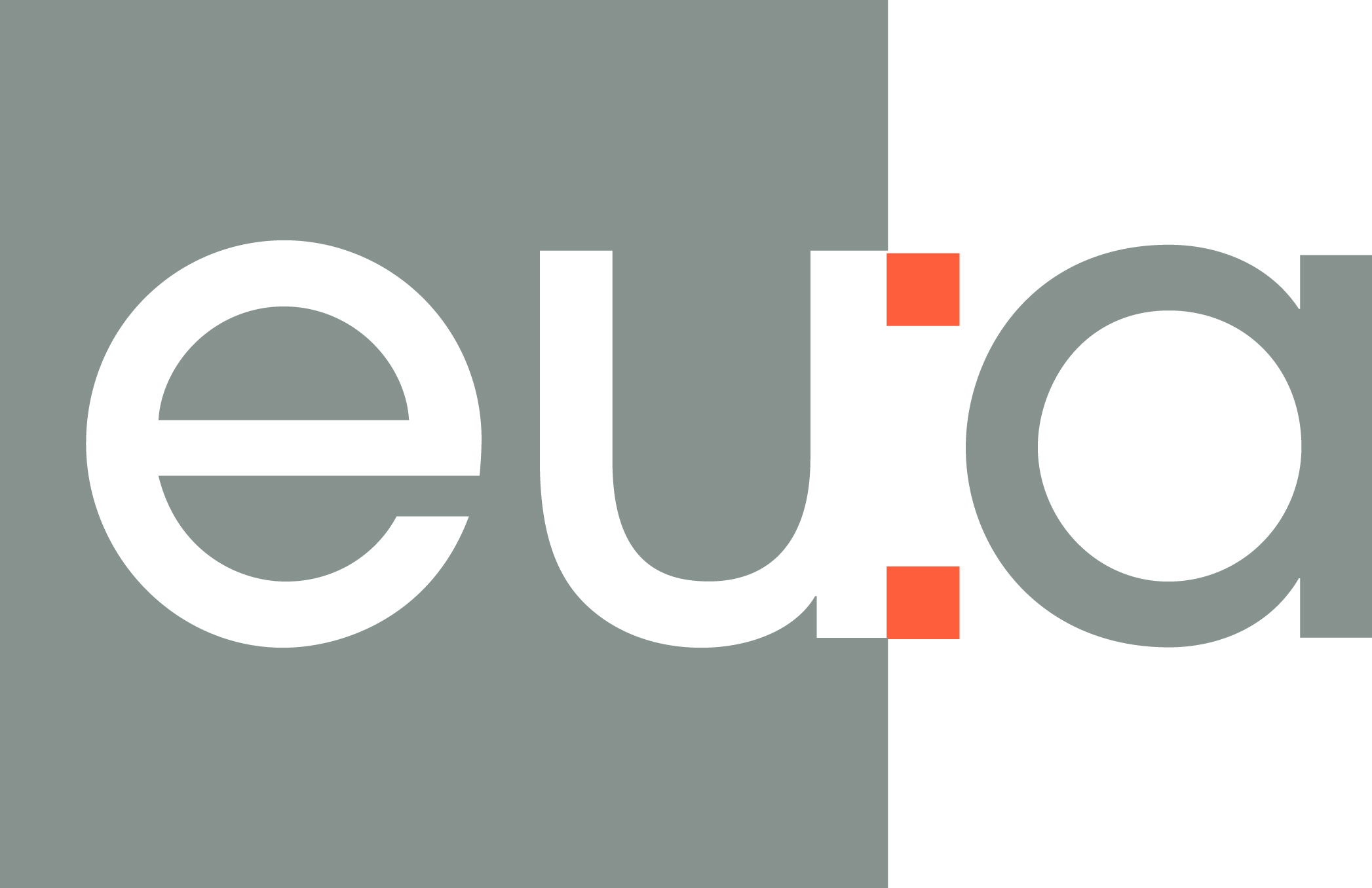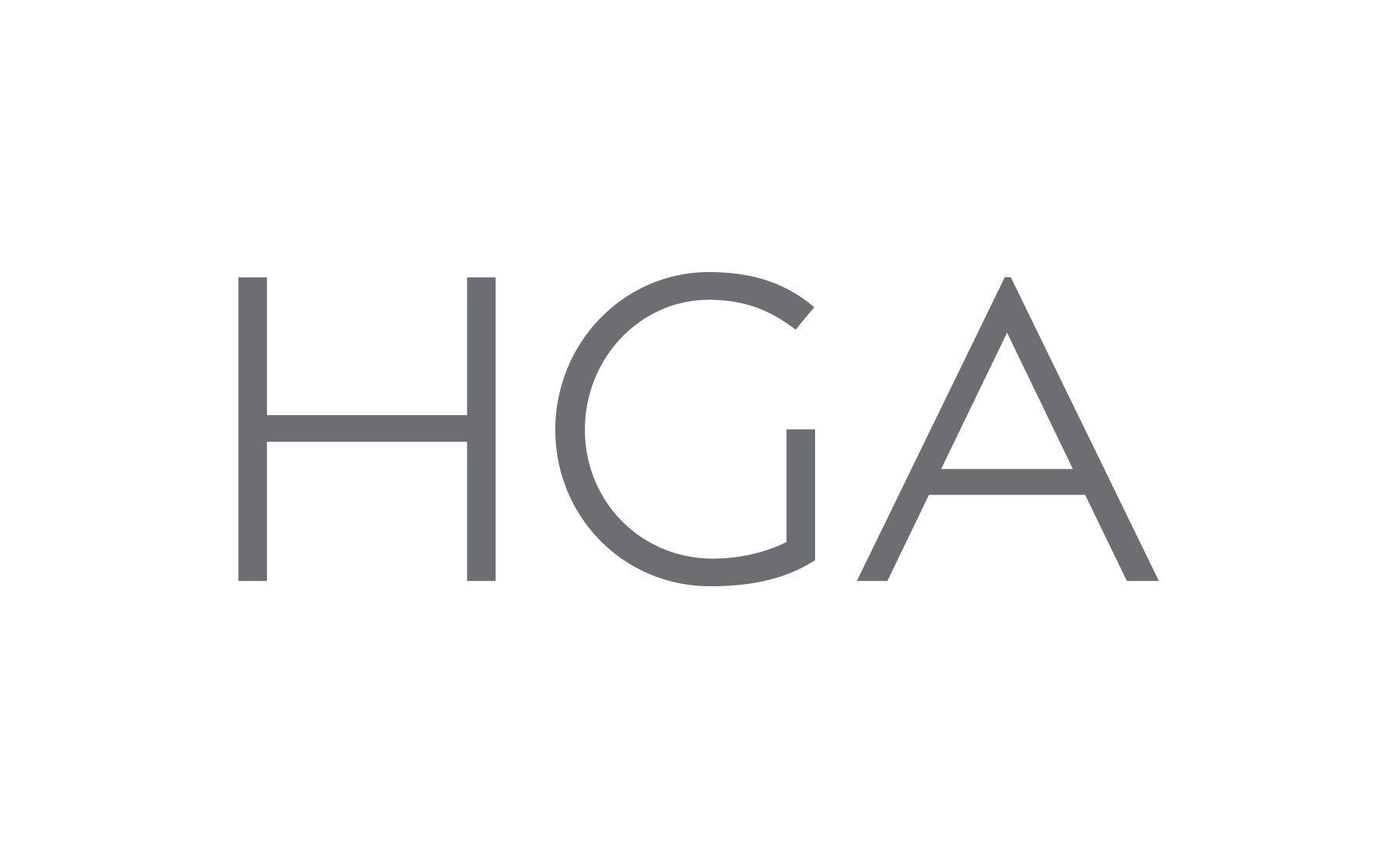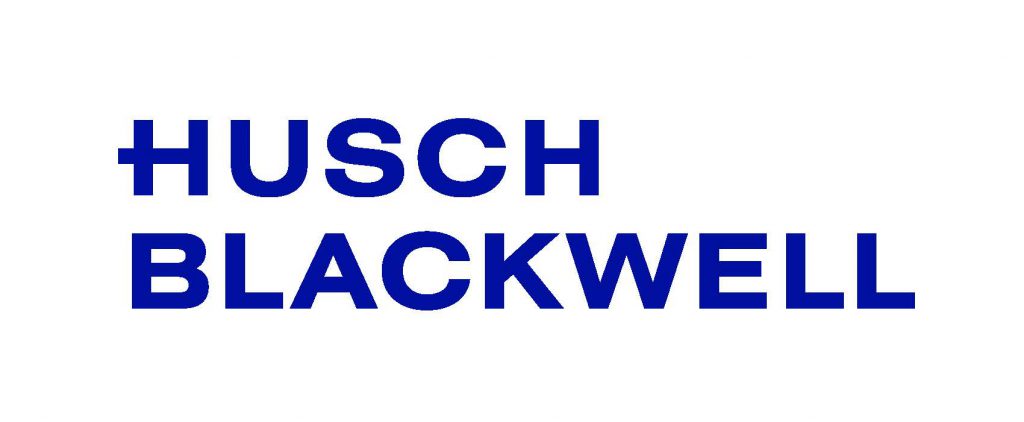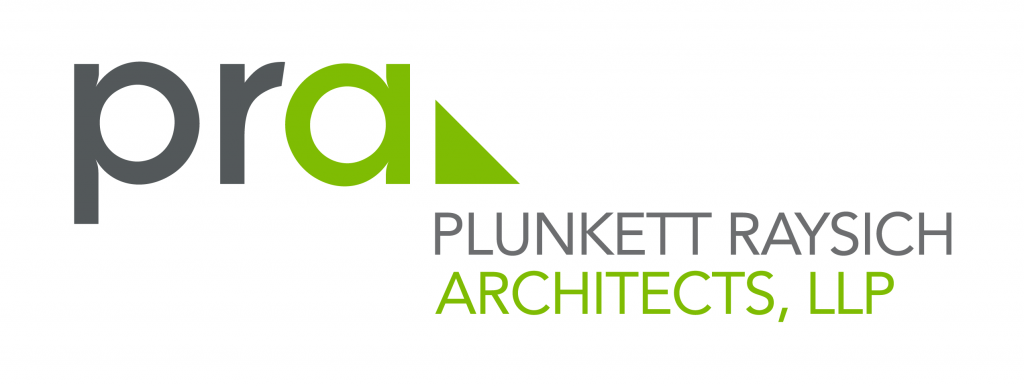Wisconsin nonpartisan Legislative Fiscal Bureau (LFB) published an analysis of the approximately $2.2 billion Wisconsin is expected to receive from the from the Coronavirus Relief Fund created by the CARES Act. About $1.8 billion would go to the state government while the remaining funds would go to the City of Milwaukee, Milwaukee County and Dane County. The LFB has also provided Wisconsin-specific estimates for some of the programmatic increases provided by the stimulus package. That report is available online (link).
The report includes a summary on all programs funded in the Act, including:
- Public Health Emergency Preparedness funding from CDC;
- Administration for Community Living
- Public Health and Social Services Emergency Fund
- Direct Payments to State and Local Governments
- Transportation, Housing and Unemployment Programs
Details on the full $2 trillion COVID-19 stimulus package are also available in the full bill available online (link). The following is a summary of some of the healthcare related provisions in the bill.
Health and Long-term Care
Grants to Hospitals and Health Care Providers: Provides $100 billion to reimburse, through grants or other mechanisms, eligible health care providers for health care related expenses or lost revenues that are attributable to coronavirus. Medicaid and Medicare providers are included in the definition of health care provider. To apply, providers must submit an application to the Secretary of Health and Human Services that includes a statement justifying their need.
Delay of Disproportionate Share Hospital Reductions. Delays scheduled reductions in Medicaid disproportionate share hospital payments through November 30, 2020.
Increasing Provider Funding through Immediate Medicare Sequester Relief. Temporarily lifts the Medicare sequester from May 1 through December 31, 2020, boosting payments for hospital, physician, nursing home, home health, and other care by 2%. The Medicare sequester would be extended by one-year beyond current law to provide immediate relief without worsening Medicare’s long-term financial outlook.
Medicare Add-on for Inpatient Hospital COVID-19 Patients. Increases the payment that would otherwise be made to a hospital for treating a patient admitted with COVID-19 by 20%. It would build on the Centers for Disease Control and Prevention (CDC) decision to expedite use of a COVID-19 diagnosis to enable better surveillance as well as trigger appropriate payment for these complex patients. This add-on payment would be available through the duration of the COVID-19 emergency period.
Grants to the V.A.: Provides $14.4 billion to the Veteran’s Administration for medical services.
CDC: Provides $4.3 billion to the CDC. Of these funds, $1.5 billion is set aside for grants to states, territories and tribes to help carry out surveillance, epidemiology, laboratory capacity, infection control, mitigation, communications, and other preparedness and response activities.
Strategic National Stockpile: Provides $16 billion in funding for the Strategic National Stockpile to procure personal protective equipment, ventilators and other supplies.
Hospital Preparedness: Provides $250 million for grants to improve the capacity of healthcare facilities to respond to medical events.
Rural Health: Provides $180 million to expand services and capacity for rural hospitals, telehealth, poison control centers.
Health Savings Accounts for Telehealth Services. Allows a high-deductible health plan (HDHP) with a health savings account (HSA) to cover telehealth services prior to a patient reaching the deductible.
Providing Hospitals Medicare Advance Payments. Expands, for the duration of the COVID-19 emergency period, an existing Medicare accelerated payment program. Specifically, qualified facilities would be able to request up to a six month advanced lump sum or periodic payment. This advanced payment would be based on net reimbursement represented by unbilled discharges or unpaid bills. Most hospital types could elect to receive up to 100% of the prior period payments, with Critical Access Hospitals able to receive up to 125%. Finally, a qualifying hospital would not be required to start paying down the loan for four months, and would also have at least 12 months to complete repayment without a requirement to pay interest.
Extension of Physician Work Geographic Index Floor. Extends payments for the work component of physician fees in areas where labor cost is determined to be lower than the national average through December 1, 2020.
National Academies Report on America’s Medical Product Supply Chain Security: Requires the Department of Health and Human Services to enter into an agreement with the National Academies to examine and report on the security of the United States medical product supply chain. Part of the report requires the examination of the United States’ dependence on critical drugs and devices that are sourced or manufactured outside of the U.S.
Requiring the Strategic National Stockpile to Include Certain Supplies: Requires the strategic national stockpile to include personal protective equipment, ancillary medical supplies, and other applicable supplies required for the administration of drugs, vaccines and other biological products, medical devices, and diagnostic tests.
Preventing Medical Device Shortages: Requires manufacturers of medical devices that are critical during public health emergencies to notify the federal government of any discontinuance or interruption to manufacturing of the device that could disrupt the supply of the device in the U.S. The information will be used to compile a list of devices that are determined to be in short supply.
Rapid Coverage of Preventive Services and Vaccines for Coronavirus: Requires insurers to cover without cost-sharing any qualifying coronavirus preventive service. Qualifying preventive services include any evidence-based item, service, or immunization that is intended to prevent or mitigate coronavirus disease.
Increased Funding for Health Centers: Provides $1.3 billion in additional funding to community health centers in fiscal year 2020.
Telehealth Network and Resource Center Grants: Provides $29 million per year through 2025 and reauthorizes Health Resources and Services Administration (HRSA) grant programs that promote the use of telehealth technologies for health care delivery, education, and health information services.
Rural health care services outreach, rural health network development, and small health care provider quality improvement grant programs. Provides $79.5 million per year through 2025 and reauthorizes HRSA grant programs to strengthen rural community health by focusing on quality improvement, increasing health care access, coordination of care, and integration of services.
Limitation on liability for volunteer health care professionals during COVID-19 emergency response. Makes clear that doctors who provide volunteer medical services during the public health emergency related to COVID-19 have liability protections. In order to have the liability protections provided by the bill, a volunteer provider must be acting within the scope of their license, registration or certification as defined by the state.
Health Care Workforce
Reauthorization of health professions workforce programs.
Provides $51.4 million per year between 2021 and 2025 for scholarships to health care students. The funding is given to eligible entities, which includes schools of medicine, nursing, dentistry, optometry, public health, etc.
Provides $48.9 million per year for the primary care training and enhancement program. Adds language prioritizing grant awards to programs that train physicians in rural areas.
Provides $41.2 million for eligible entities to establish health care workforce educational programs.
Provides $1.1 million per year for a loan repayment program for medical, dental and nursing students who agree to serve as faculty following graduation.
Provides $15 million per year to provide educational assistance to individuals from disadvantaged backgrounds to pursue health care education.
Extension of Demonstration Projects to Address Health Professions Workforce Needs: Extends the Health Professions Opportunity Grants (HPOG) program through November 30, 2020 at current funding levels. This program provides funding to help low-income individuals obtain education and training in high-demand, well-paid, health care jobs.
Education and training relating to geriatrics. Provides $40.7 million per year and reauthorizes and updates Title VII of the Public Health Service Act (PHSA), which pertains to programs to support clinician training and faculty development, including the training of practitioners in family medicine, general internal medicine, geriatrics, pediatrics, and other medical specialties. It emphasizes integration of geriatric care into existing service delivery locations and care across settings, including home- and community-based services. The Secretary may provide awardees with additional support for activities in areas of demonstrated need, which may include education and training for home health workers, family caregivers, and direct care workers on care for older adults. Eligible entities could receive awards of at least $75,000.
Economic Relief
Recovery Rebates for Americans: Provides a one-time payment of $1,200 to individuals with incomes below $75,000 or a one-time payment of $2,400 for joint filers with incomes below $150,000. Payments are increased by $500 per child. The bill requires the one-time payments to be made as soon as possible.
Relief Payments to States, Tribal Governments and Local Units of Government: Provides $150 billion in direct payments to states, tribal governments and local units of government with. To qualify, local governments must have populations of more than 500,000 people. Payments are required to be used to cover expenditures related to COVID-19 that occur between March 1, 2020 and December 30, 2020. Expenditures must not have been accounted for in the state or local government’s most recent budget. The bill requires the Treasury Secretary to make these payments within 30 days of enactment.
Loans for Small Businesses, Non-profits, Contractors and Self-Employed Individuals. Allows nonprofits and other businesses with less than 500 employees to get loans from the Small Business Administration if they were adversely impacted by COVID-19. Loans can be used to cover payroll costs, health care benefits, mortgage or rent payments, utilities or interest on debt. Borrowers will be eligible for loan forgiveness if they maintain employees and their salaries. The eligibility period runs from February 15, 2020 to June 30, 2020. Maximum loan amounts will be determined using the organization’s average monthly payroll amounts over a one year period. The bill appropriates $349 billion for this loan program.
Employee retention credit for employers subject to closure due to COVID-19. Provides a refundable payroll tax credit for 50% of wages paid by employers to employees during the COVID-19 crisis. The credit is available to employers whose (1) operations were fully or partially suspended, due to a COVID-19-related shutdown order, or (2) gross receipts declined by more than 50 percent when compared to the same quarter in the prior year.
Small Business Administration Disaster Loans: Provides $562 million to the Disaster Loan Program.
Broadband and Telehealth
Rural Utilities Service–Distance Learning, Telemedicine and Broadband Program: Provides $25 million for telemedicine and distance learning services in rural areas.
Reconnect Pilot: Provides $100 million for grants for the costs of construction, improvement, or acquisition of facilities and equipment needed to provide broadband service in eligible rural areas.
Federal Communications Commission Telehealth: Provides $200 million to the FCC to respond to COVID-19. This includes supporting health care providers by providing telecommunications services, information services, and devices necessary to enable the provision of telehealth services.
Higher Education and Student Loans
Temporary Relief for Federal Student Loan Borrowers: Requires the Secretary to defer student loan payments, principal, and interest for 6 months, through September 30, 2020, without penalty to the borrower for all federally owned loans.
Adjustments of Subsidized Loan Limits. For students who dropped out of school as a result of COVID -19 excludes the term from counting toward lifetime subsidized loan eligibility.
Exclusion from Federal Pell Grant Duration Limit. For students who dropped out of school as a result of COVID -19 excludes the term from counting toward lifetime Pell eligibility.
Institutional Refund and Federal Student Loan Flexibility. For students who dropped out of school as a result of COVID -19, the student is not required to return Pell grants or federal student loans to the Secretary. Waives the requirement that institutions calculate the amount of grant or loan assistance that the institution must return to the Secretary in the case of students who dropped out of school as a result of COVID-19
Exclusion for certain employer payments of student loans: Allows employers to provide a student loan repayment benefit to employees on a tax-free basis. Under the provision, an employer may contribute up to $5,250 annually toward an employee’s student loans, and such payment would be excluded from the employee’s income. The $5,250 cap applies to both the new student loan repayment benefit as well as other educational assistance (e.g., tuition, fees, books) provided by the employer under current law. The provision applies to any student loan payments made by an employer on behalf of an employee after date of enactment and before January 1, 2021.






